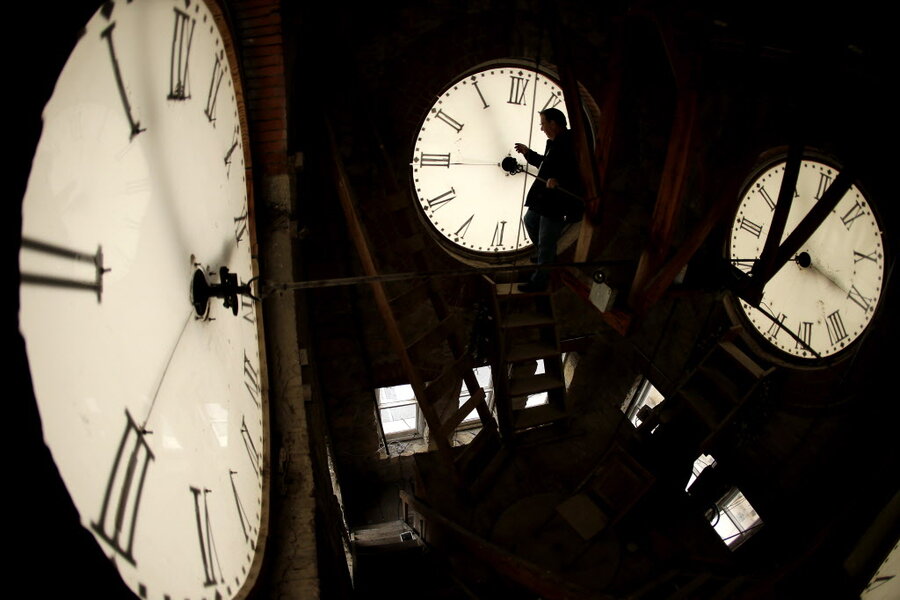Daylight saving time: Why it isn't going away
Loading...
With daylight saving time (DST) ending early Sunday, so, too, will arrive the yearly suggestion that DST is not a good use of, well, time – and that it was a bogus idea to start with.
First signed into law by President Woodrow Wilson during World War I, the original iteration of daylight saving time was called "fast time" and was intended to save fuel for the war effort. During World War II, the name was changed to "War Time," but accomplished a similar purpose.
But DST’s current benefits far outweigh its downsides. During the warm-weather months when daylight saving time is in place, it gives those working adults who spend most of their waking hours indoors more time in the sun, during the early evenings. The result, according to some studies, is fewer traffic accidents and happier people.
Some researchers claim that DST doesn’t just have social benefits, it also pays off economically. In 2007, crime rates dropped by as much as seven percent in the days following the implementation of DST, according to an analysis done by Jennifer L. Doleac of the University of Virginia and Nicholas J. Sanders of the College of William & Mary.
That resulted in a social cost savings of $59 million.
So why have states throughout the Southwest expressed interest in bills that would allow them to make modifications to the DST schedule, or even eliminate it entirely?
"The end result that we’re seeking is to have the sun set later during the winter months, as well as not messing up everyone’s schedule twice a year, as it often does," said Assemblyman Chris Edwards of Nevada at a hearing this spring. Nevada seeks to follow the DST schedule year-round, which would enable residents of the state to avoid the inconvenience of having to switch their clocks twice a year.
Since the mid-1960s, most of Arizona has refused to adopt daylight saving time. It is also not observed in Hawaii, American Samoa, Guam, Puerto Rico, and the Virgin Islands.
Other critics of DST, such as Michael Downing, professor of English at Tufts University and author of "Spring Foward: The Annual Madness of Daylight Savings," also note that while DST was originally established to support the war effort, its largest supporter since 1915 is the Chamber of Commerce.
"The Chamber understood that if you give workers more sunlight at the end of the day they’ll stop and shop on their way home," said Downing in a radio interview.
As lawmakers have pushed daylight saving time's start earlier into spring and its end later into fall – the "fall back" weekend jumped from October to November in 2007 – we now observe DST for the vast majority of the year.
"Today we have eight months of daylight saving and only four months of standard time," Professor Downing said. “Can you tell me which time is the standard?"






